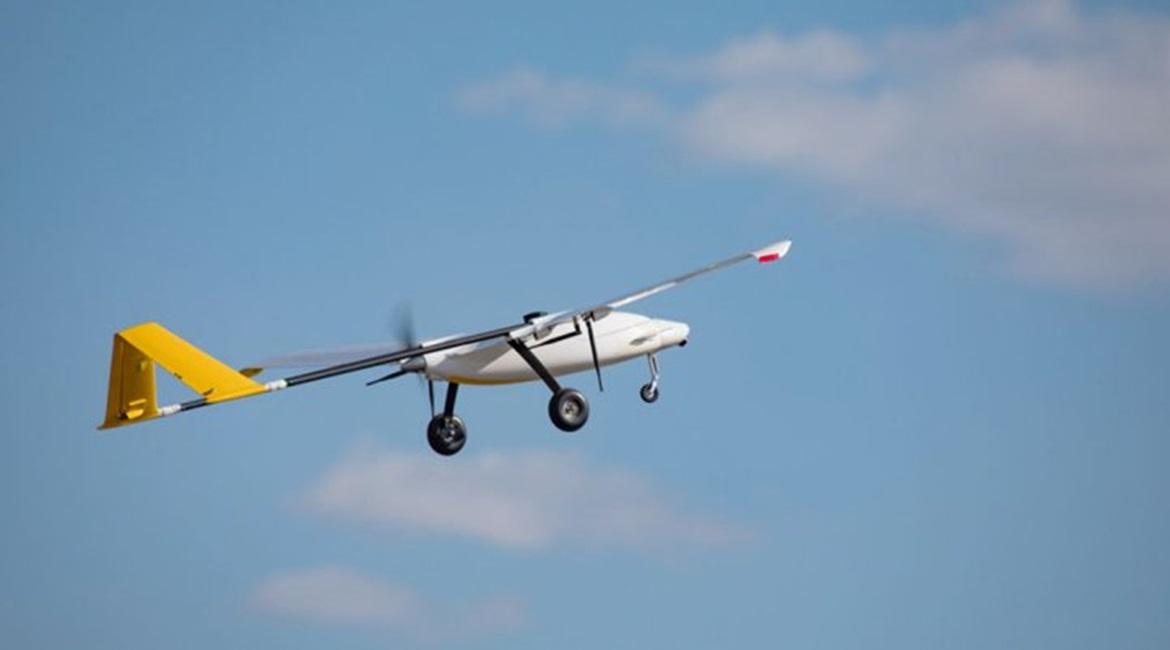
Boeing Australia announced on 8 September that it has made “significant advances” in the use of artificial intelligence (AI) to “teach” unmanned aerial vehicles (UAVs) to detect, decide, and act during a mission.
The company said in a statement that a recently conducted flight test mission featuring four unmanned test beds demonstrated that AI-enabled UAVs can be taught to behave and learn using simulations, “so they can detect a target in the real world, and then make a decision to act or react to the environment”.
“What we saw during the flight tests was the aircraft’s cognitive ability to autonomously detect and classify targets; plan a route on-board the unmanned system; then dynamically co-ordinate with manned and unmanned platforms to support mission execution,” said Emily Hughes, director of Boeing Phantom Works International.

One of four unmanned test beds used by Boeing Australia during a recent flight test mission. The company announced on 8 September that the mission demonstrated that AI-enabled UAVs can be taught to behave and learn using simulations, “so they can detect a target in the real world, and then make a decision to act or react to the environment”. (Boeing Australia)
This technology, which is particularly critical for intelligence, surveillance, and reconnaissance (ISR) missions, aims to address the Australian Defence Force’s need for rapid response, tactical route execution, along with improved location and identification capabilities in congested and contested environments, added the company.
The successful flight test mission by Boeing Australia, which is partnering with the Trusted Autonomous Systems Defence Collaborative Research Centre (TASDCRC), was part of a year-long project to further unmanned technologies.
Looking to read the full article?
Gain unlimited access to Janes news and more...






